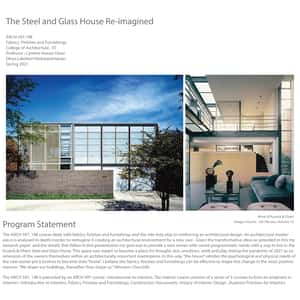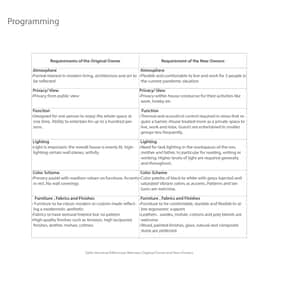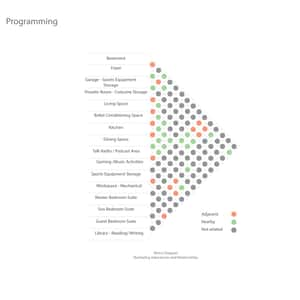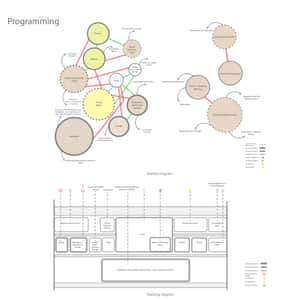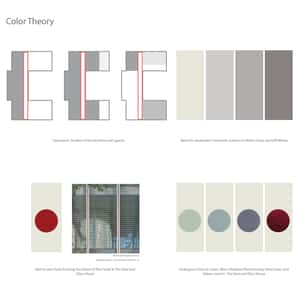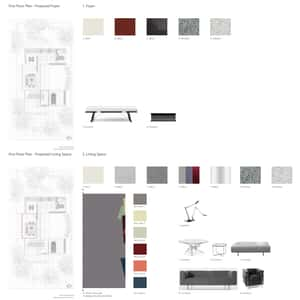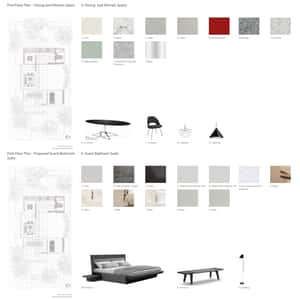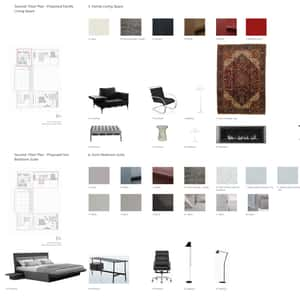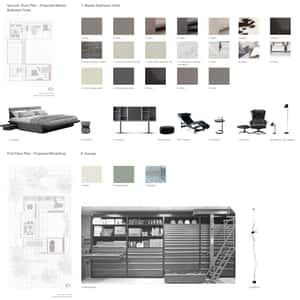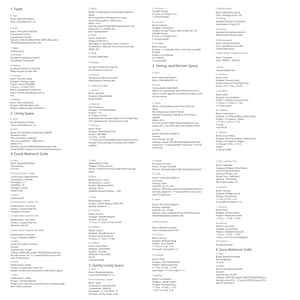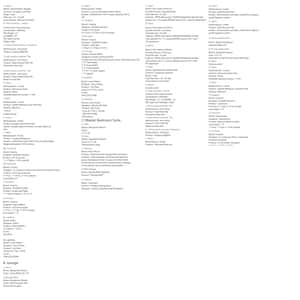Summer 2020
- Adam Rostek •
- Jackson Conlon •
- Arthi Upendram •
- Fujinami Joseph •
- Yue Liang
Arch 497 Fifth Year Studio : Sharing Architecture
Companies like WeWork and Airbnb have found new value in architecture through sharing. From co-living to co-working, a new, though unclaimed, architecture is cultivating life and work styles based on sharing and fostering communities. While traditional models of real estate rely on price per square foot values and assume ownership by individuals, the future may bring new terms and criteria for ownership through co-ops and memberships measured by our society's demand for shared spaces. Co-living and co-working spaces open a new set of values that can be re-evaluated through architectural infrastructures.
As such, this studio investigated and designed a new set of architectural infrastructures to accommodate a “sharing architecture.” Students designed a tower for co-living and co-working in Chicago.
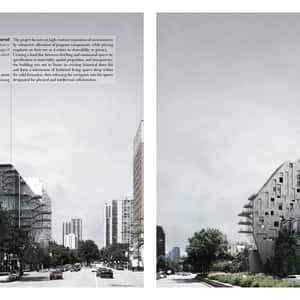
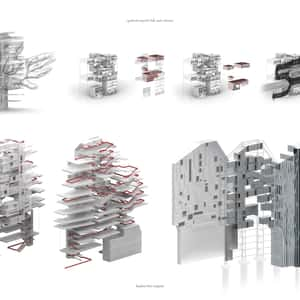
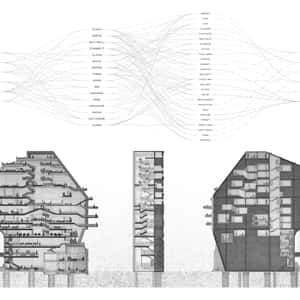
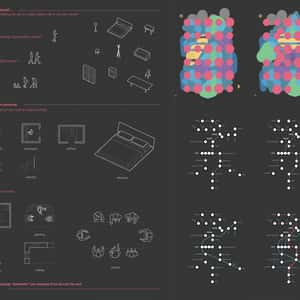
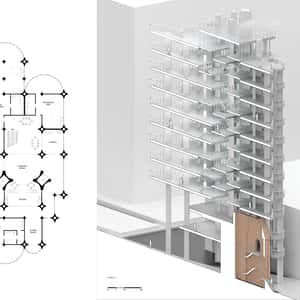
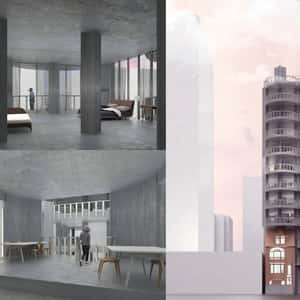
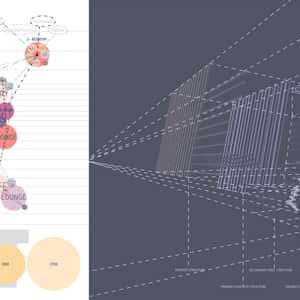
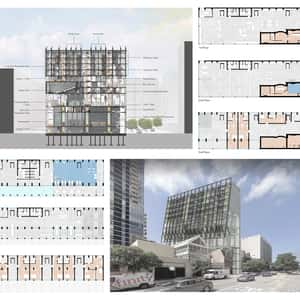
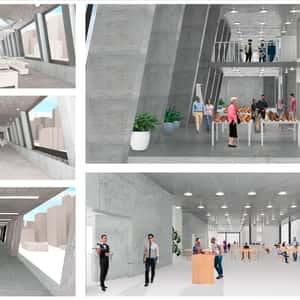

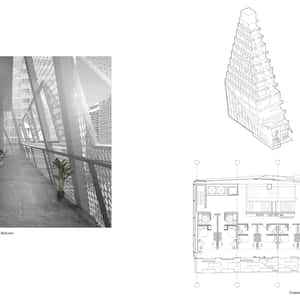
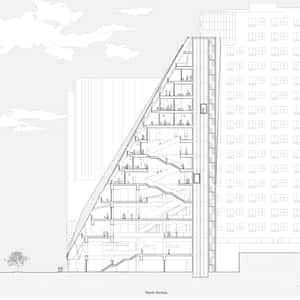
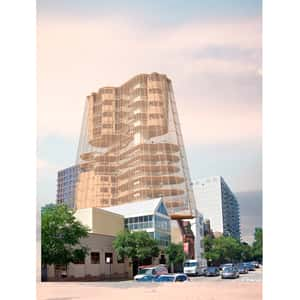
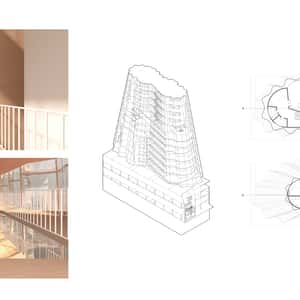
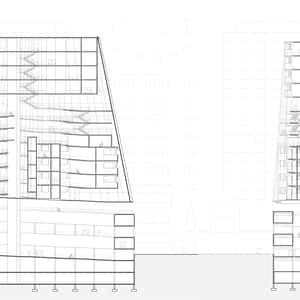
- Ali Hashem •
- Kavya Suvarna •
- Audrey Liliou •
- Brianne Dane •
- Marcos Mercado •
- Samuel Krause •
- Tiffany Chang
ARCH 456 : TOPICS IN MODERNISM, LE CORBUSIER
Le Corbusier is perhaps the most well-recognized architect of the twentieth century and more has been written about him than almost all of his contemporaries. Yet he continues to be a source of interest, and new works covering various aspects of his life and career are published every year. Rather than attempting to negotiate all the writings on Le Corbusier, students attempted to understand the man and the architecture by looking firstly at his own record of his life’s work: Œuvre Complète. In connection with this, students examined the writings of the architect which can clarify, to a certain extent, where he placed the emphasis in his own life. The letters do not always present a likeable man, and as one of the proclaimed heroes of Modernism, Le Corbusier has been the target of a great deal of negative criticism. Ultimately, the goal of the course was to simply appreciate the architect for his all-encompassing passion for and dedication toward art and architecture and its ability to change the world.







- Shandon Herft •
- Jayden Nettesheim •
- Trevor Dineen •
- Pablo Aranda Navarro •
- Jonathon Keilman •
- Sanjana Chavadi
Arch 438 : Design Visualization
This course is an in-depth exploration of new visualization techniques to support and express architectural design through 3D rendering. Topics covered include 3D modeling, cameras, lighting, material mapping, and rendering output. Presentation concepts covered include storytelling, rendering style, visual mood, and image composition.
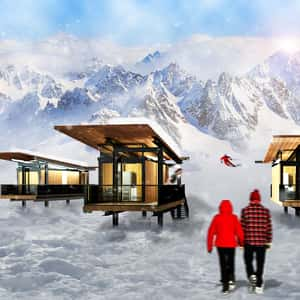
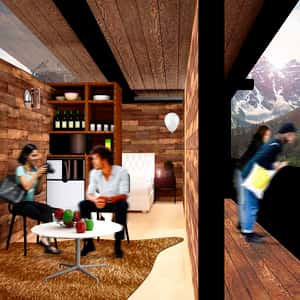
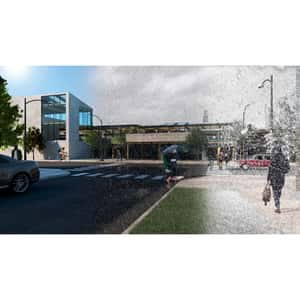
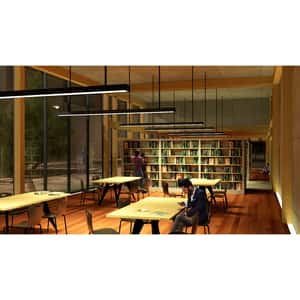
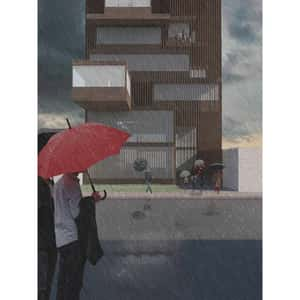
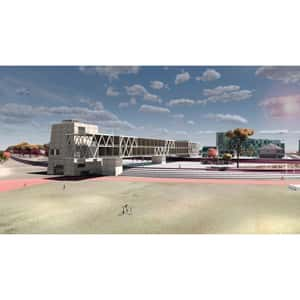
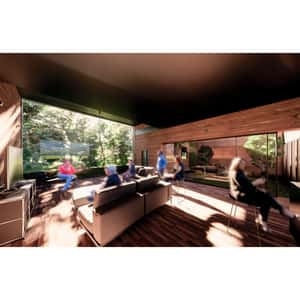
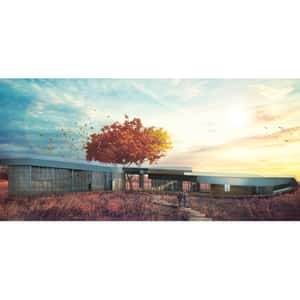
- Hanqing Xu •
- Nese Gulay Altintas •
- Shandon Herf •
- Zexin Gu
Arch 436 : Advanced Modeling
This course focused on 3D modeling of complex geometric components in Architecture and design. Concepts explored concentrated on the advancement of digital design as an iterative process. Various modeling types covered were: Parametric Modeling, Generative Modeling, Responsive Modeling and Form Finding.

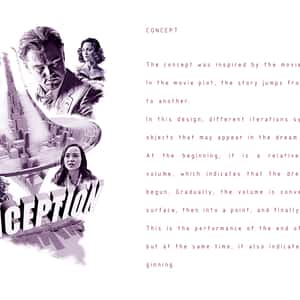
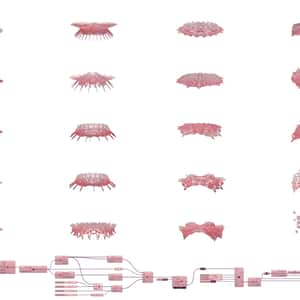
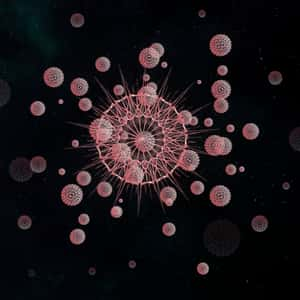

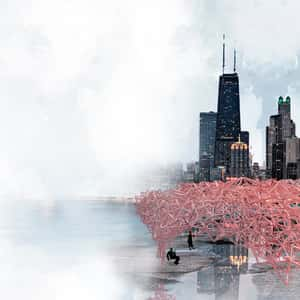
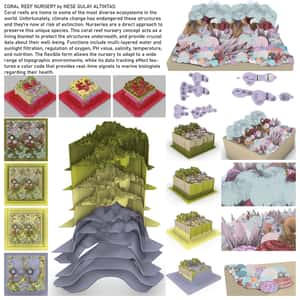
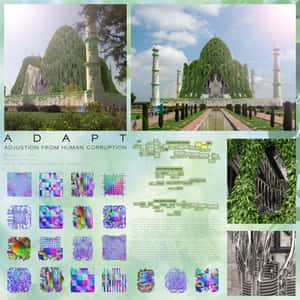
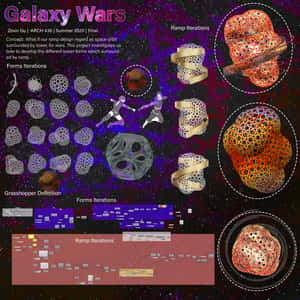
- Perla Baratta •
- Yugi Shao •
- Nandia Dashdondog •
- Aman Panach •
- Margaret Schroeder •
- Fang Ding •
- Fatema Khan Kulsoom •
- Alaska
ARCH 497 : Architectural Photography and Adobe Image Processing
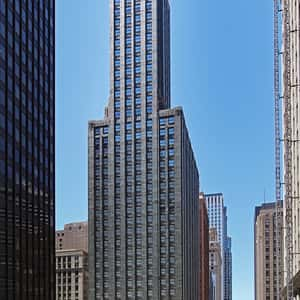
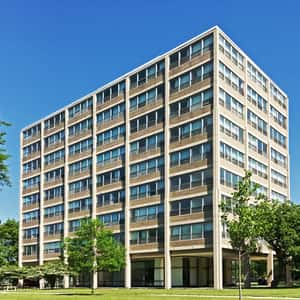
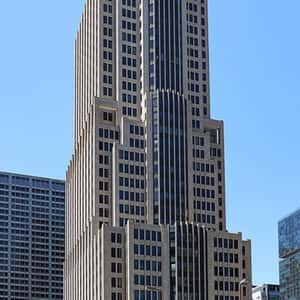
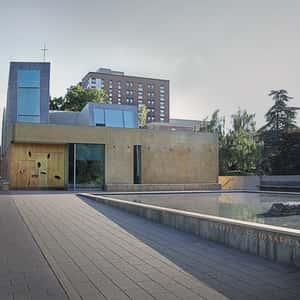
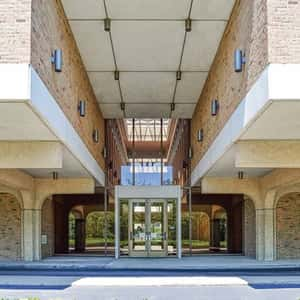
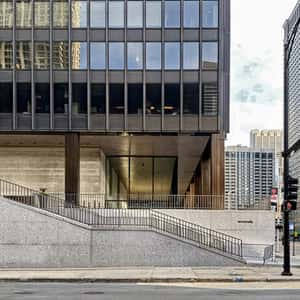
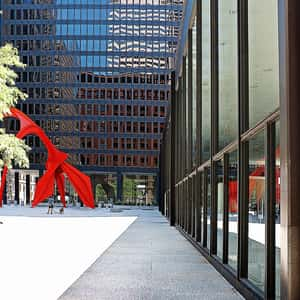
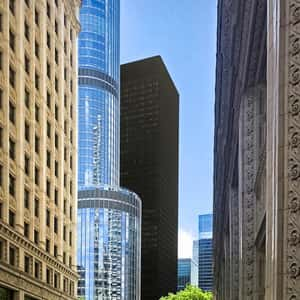
- Divya Lakshmi
ARCH 597 : FABRICS, FINISHES, AND FURNISHINGS
In this class, the student will learn about the importance of fabrics, finishes and furnishings; the role they play in reinforcing an architectural design. This course will provide the means and methods to specify choices for the entire project - relating the interior spaces to the functional whole and enhancing the architectural environment.
The student will acquire skills of critical thinking and analysis: reading and interpreting texts, constructing arguments, as well as defining, explaining and defending their position orally and in writing. The craft of millwork will be explored as an architectural feature addressing programmatic needs and division of spaces, having the opportunity to transcend objects and become integrated with and support the architecture. Appropriate furnishings are addressed through history and complemented by studies related to form and function. Fabrics and finishes will provide emphasis on architectural features and connect interior with exterior design to culminate in the final project and paper.
